© 2024 ALLCITY Network Inc.
All rights reserved.

The Coyotes are not hiding their plans. They are visible to all; laid bare by the dizzying array of transactions that GM Bill Armstrong made this offseason, and the dizzying array of departures he allowed from last season’s roster.
Gone are captain Oliver Ekman-Larsson, starting goaltender Darcy Kuemper, backup goalie Antti Raanta, leading assist man Conor Garland, two-way center Christian Dvorak, veteran defensemen Alex Goligoski, Jason Demers, Niklas Hjalmarsson and Jordan Oesterle, as well as depth players Michael Bunting, Adin Hill, Tyler Pitlick, Derick Brassard, Lane Pederson, Dryden Hunt, John Hayden, Michael Chaput and more.
The rebuild is in full effect. Everything that Armstrong and his staff of managers and scouts are doing will come with a focus on the future.
And yet, the Coyotes still must play games in the 2021-22 season. Make no mistake, Armstrong wants to pick high in 2022 NHL Draft, which is expected to be one of the best drafts of this millennium, but there are still storylines to watch on the ice. From the continued development of young players, to the filling of rosters holes, to the impact of aging veterans and a new coaching staff, here are 10 questions as the Coyotes open training camp with media day on Wednesday.
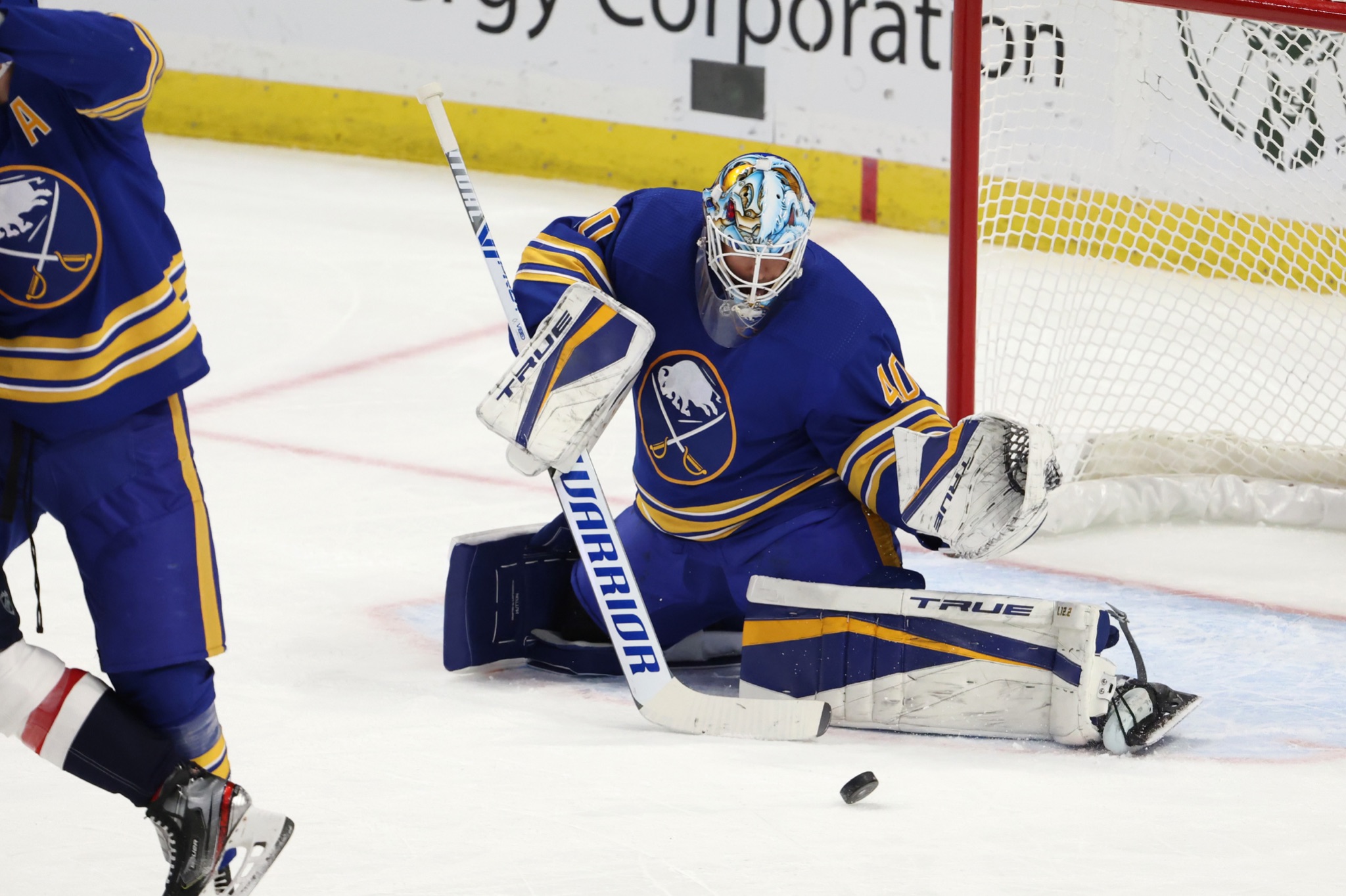
1. Who will be the goaltenders?
Right now, the top goalies on the depth chart are Carter Hutton and Josef Kořenář, but that is not necessarily the tandem that will take the ice on opening night. GM Bill Armstrong and his staff will be watching waivers as training camps progress to see if anybody else becomes available. There are also some interesting free agents still available such as Devan Dubnyk and Curtis McElhinney, whose asking prices may drop as they become more desperate to find a home.
Hutton, 35, struggled in three seasons in Buffalo, with injuries playing a significant role, but he will almost certainly be a part of the Coyotes’ tandem this season.
“Carter obviously got hampered a little bit by injuries lately, but I have a huge familiarity with him from my St. Louis days,” Armstrong said. “He’s just a great human being that comes to the rink every day that just wants to compete. He’s someone for us that can steal games with his energy and just the way he plays.”
Kořenář’s role is far less certain. He has just 10 NHL games under his belt (in San Jose last season). At 23, there would seem to be room for growth in his game, but the Coyotes may be higher on prospects Ivan Prosvetov (22), David Tendeck (21) and Karel Vjemelka (25), who signed a one-year deal in May and played one game in the Rookie Faceoff. A 2015 fifth-round pick of the Nashville Predators, Vejmelka played the past five seasons with Kometa Brno of the Czech Extraliga.
One thing to consider: If the Coyotes want to be in the best position possible to win the 2022 NHL Draft Lottery, strong goaltending is not a way to get there.
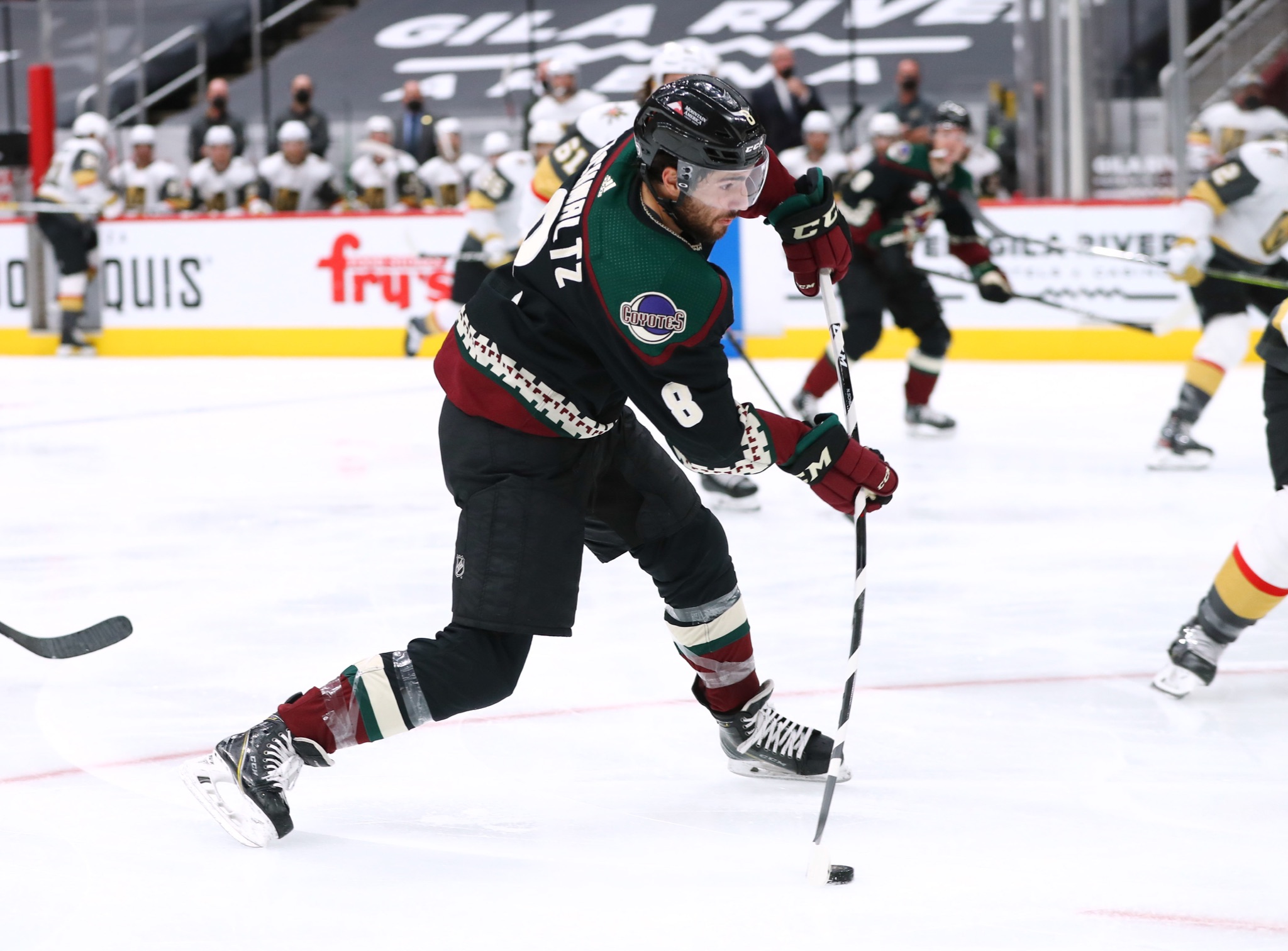
2. What about that center depth?
In short, there isn’t much of it. Nick Schmaltz is the de facto No. 1 center and Johan Larsson will play a role in the middle six. Beyond that, the Coyotes may have to turn to veteran Jay Beagle, Ryan Dzingel, Barrett Hayton (more on that below), PTO Alex Galchenyuk, or Travis Boyd, who signed for the league minimum. They may also scan the waiver wire to see if somebody else can fill the role.
The depth chart won’t be good at this position and again, that may be by design. Centers have a major impact on outcomes and the only outcome the Coyotes are truly interested in, aside from establishing their culture under coach André Tourigny, is high draft picks.
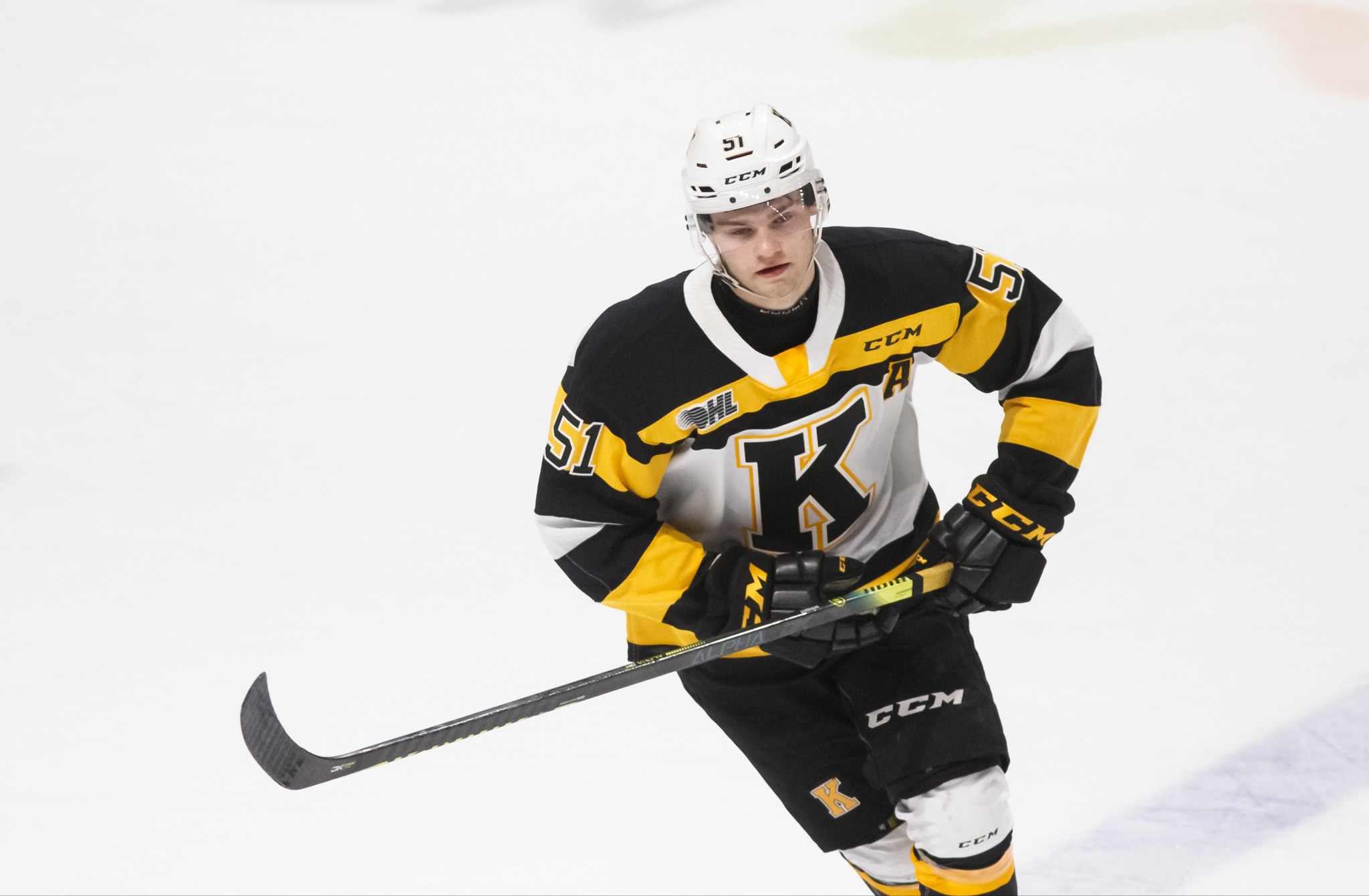
3. Will the Coyotes be in position to enjoy some long overdue lottery luck?
It’s going to be a hard-fought battle for that No. 1 slot, and it will be eerily reminiscent of that 2015 lottery when the Coyotes and Buffalo went neck and neck until the final days of the season. The Sabres are going to stink, but they will have to trade disgruntled center Jack Eichel to truly tank like they did so openly in 2015.
There will be other bad teams in the mix, too, such as San Jose, Ottawa, Seattle, Chicago, Montreal and Detroit. The prize is franchise center Shane Wright, but remember, even if the Coyotes finish with the worst record in the NHL, the odds of them landing the No. 1 overall pick are still slim, if better than every other team. Also remember that the Coyotes’ have not had lottery luck in any of their past opportunities. Arizona has never selected higher than No. 3 in the NHL Draft.
Side note: I couldn’t help but wonder if the NHL schedule makers were amusing themselves by having the Coyotes open the season at Columbus and Buffalo. Talk about an early read. I wonder if Sabres fans will cheer every Coyotes goal as they did late in that dreadful 2014-15 season.
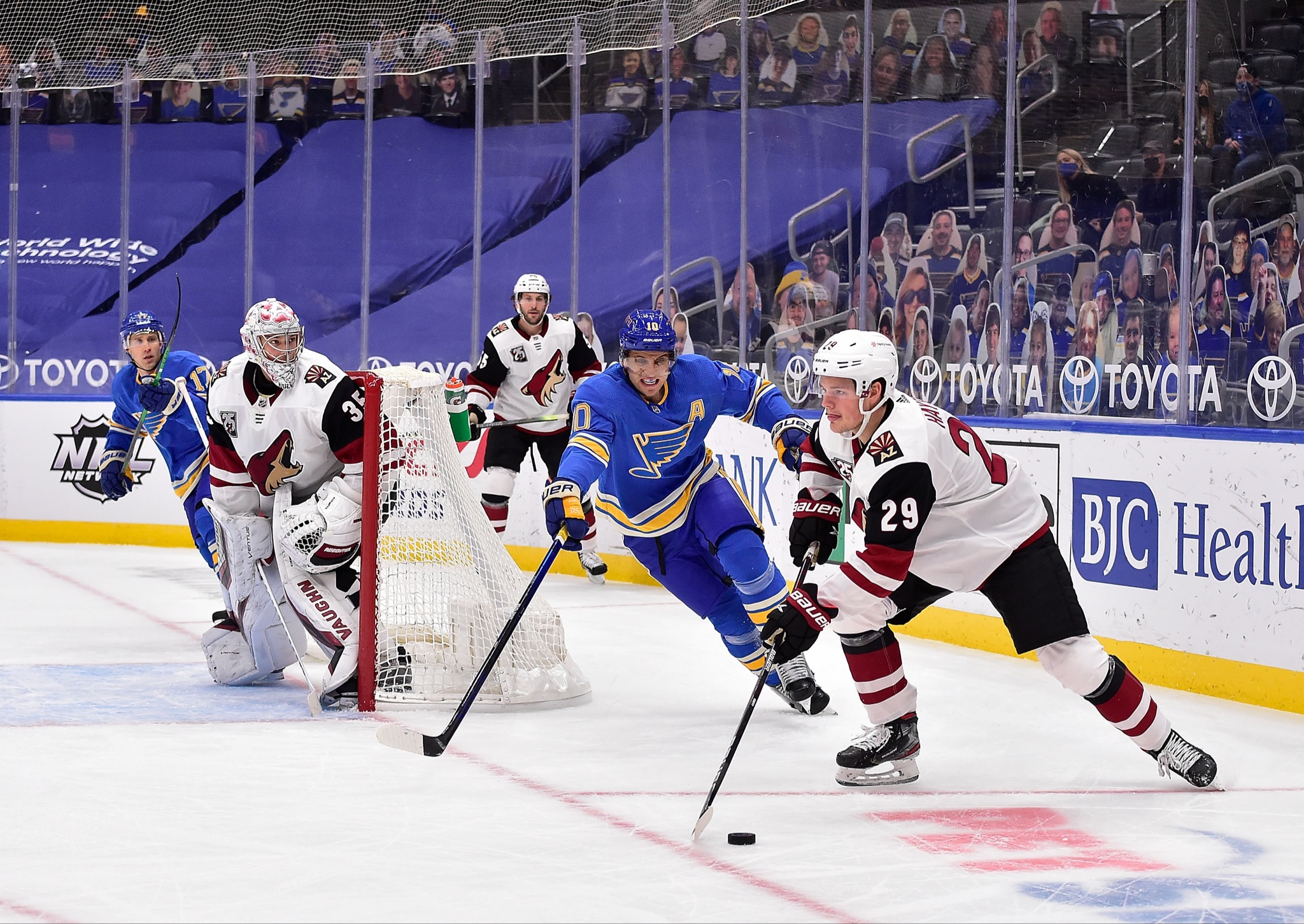
4. What to do with the Tucson kids?
This is an underrated and extremely important question. There will be roster slots available on the NHL club this season. Some of the prospects may look better than some of the veterans in camp. They may even warrant roster spots. The question is: Should the Coyotes grant those roster spots?
Arizona is going to do a lot of losing. No matter how much the new veterans bring to the leadership side and the overall culture, it won’t be a lot of fun being a Coyote this season. GM Bill Armstrong and new AGM John Ferguson Jr. have touted the importance of putting prospects in a winning environment, so wouldn’t Barrett Hayton, Victor Söderström, Jan Jeník, Ivan Prosvetov and Matias Maccelli be better served playing an entire season in Tucson where they can play a lot of minutes in all situations away from the burning spotlight of the NHL, which is not a developmental league?
Hayton has endured two highly disjointed seasons that were hampered by injuries, COVID-19 and perhaps mismanagement of his development. Is the NHL really the best place for him to get back on track? Don’t Söderström, Jeník, Prosvetov and Maccelli need more time to learn the North American game? Too often in the past, the Coyotes have been guilty of rushing their prospects. The list of names is endless and includes Peter Mueller, Mikkel Boedker, Max Domi, Brendan Perlini, Dylan Strome and perhaps Clayton Keller. Here’s what Ferguson Jr. had to say on the topic when I asked him after his introductory news conference.
“I will never put a ceiling on any player showing up at training camp and trying to earn an opportunity to demonstrate to us that they can play at the highest level,” he said. “If you show us you’re ready, you can earn that spot earlier than you might otherwise think.
“There is no question that the number of skilled young players have grown and the skill level across the pool of players is higher, so that does afford some of them, who are physically capable, to make the jump quicker. But we will never set unrealistic expectations and we’re probably not going to be pushing anybody to get here. I haven’t seen any players who have played too many games in the American league, but I have seen a lot who haven’t played enough.”
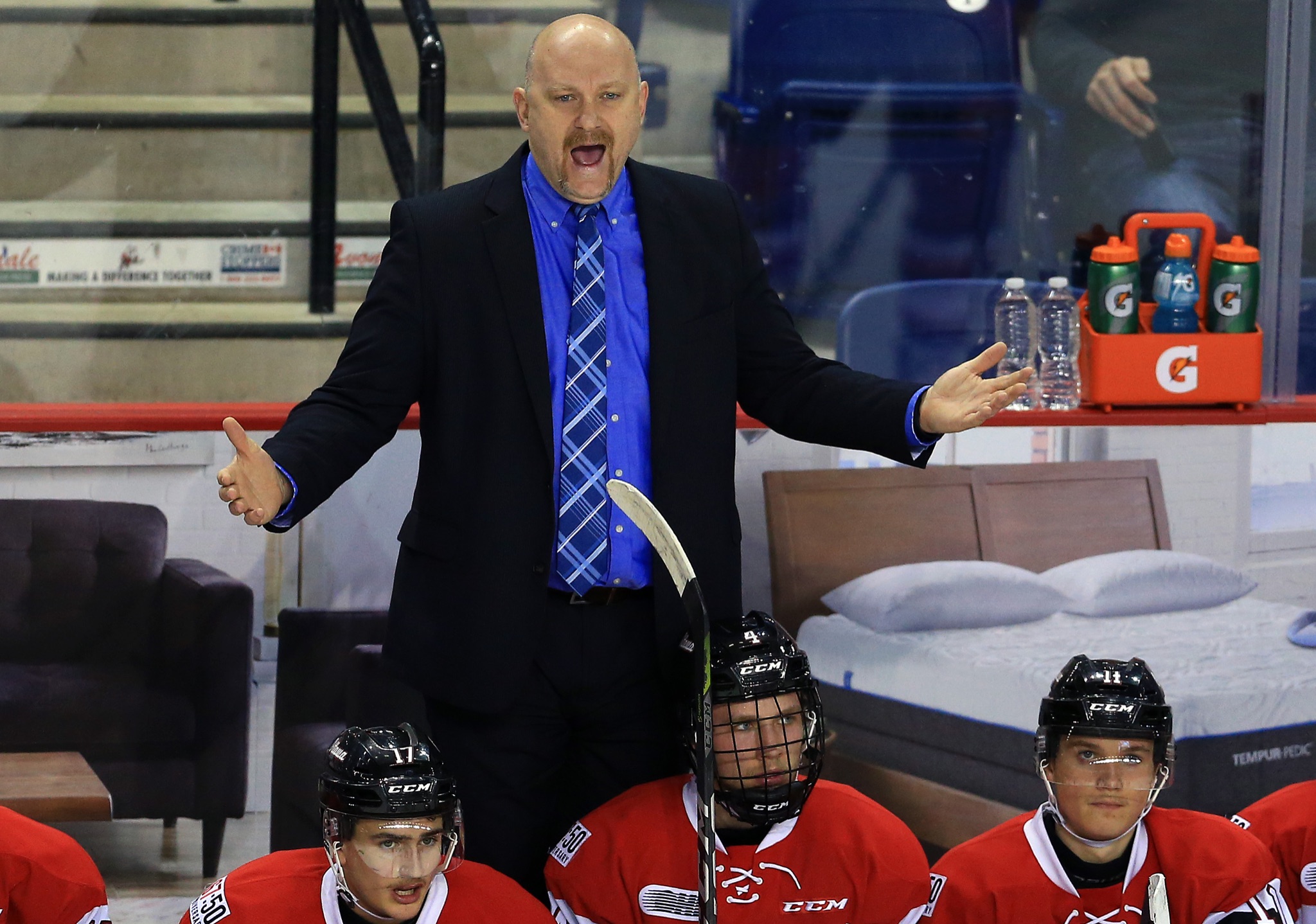
5. How will new coach André Tourigny fare?
Bill Armstrong wanted an up-and-coming coach who could grow with his team and Tourigny was on everybody’s up-and-comer list. Potential does not always equate to success, however, and Tourigny will have more than his share of challenges with a stripped-to-the-studs roster.
The Coyotes’ first-year coach will need to tap into his culture and relationship building abilities to navigate what promises to be a tough season in the win-loss column. He will have to build young players’ confidence as the team’s fortunes sag. He will have to keep Jakob Chychrun, Clayton Keller, Nick Schmaltz, Lawson Crouse and Christian Fischer moving forward when it feels like a lost season in their careers, and he will have to convince a large group of aging veterans in the last year of their deals that it is worth buying into the Coyotes’ culture even if they aren’t going to be here next year.
I asked him specifically about the latter, which precipitated this great exchange.
Me: “How do you get a bunch of veterans who have been around the league to buy into Coyotes culture when they may not be here next year?”
Tourigny: “Will you be here next year?”
Me: “I have no idea.”
Tourigny: “How will you do your job this year?”
Me: “As well as I can.”
Tourigny: “Well, there you go. And if you don’t, you might not have a job next year. It’s the same thing for those guys. There’s not a guy in that room, including me, who doesn’t want to be in the NHL next year. We’re professionals, we want to do good for ourselves. There’s not a guy in that room who will say, ‘Oh, next year I’ll take a 50-percent pay cut.’ They all want to be successful. They’re proud athletes. They’re not pre-retirement guys. That’s why they are special and got to this point. They are driven and they want to do things on their own terms.”
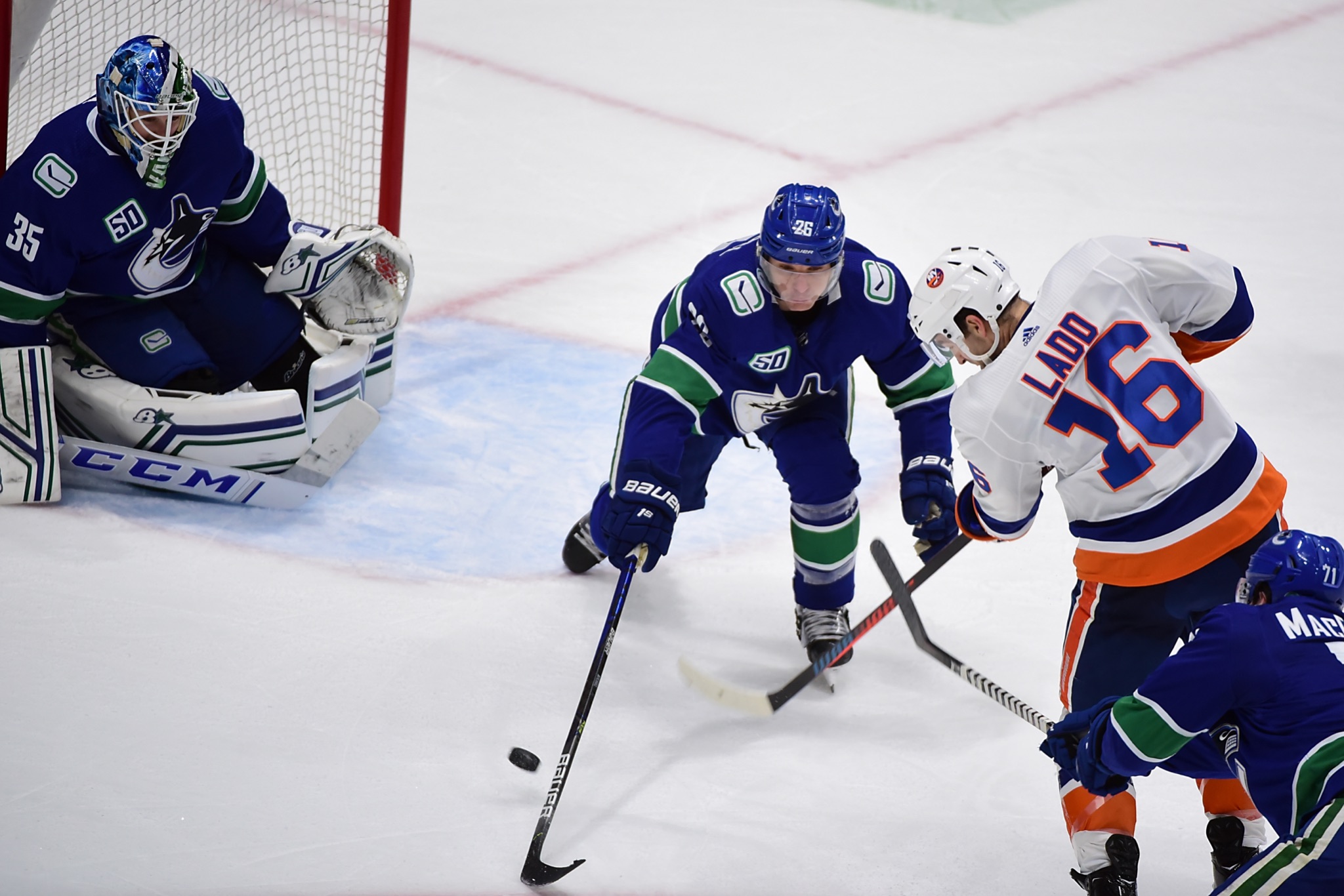
6. What will the one-year guys bring to the table?
At the very least, Armstrong and Tourigny hope that they will bring guidance, leadership, professionalism and a compete level that helps forge Tourigny’s culture. Loui Eriksson, Jay Beagle, Antoine Roussel, Andrew Ladd, Ryan Dzingel and Anton Strålman are all known as character players so we’ll see how they manage low expectations and a lot of losing in the final year of their contracts. Their influence on Chychrun, Keller, Schmaltz, Crouse and Fischer could play a role in the growth of this team in years to come.
As for their actual playing abilities, it’s a mixed bag. Ladd and Eriksson have far more to prove after being relegated to the press box often over the past two seasons, and Beagle has to prove he can come back from last season’s hip/core injury. Roussel and Dzingel probably have a little more left in the tank. If they do, they could end up moving again at the trade deadline for more assets. The same goes for Strålman. When it’s all said and done, we may end up referring to this group as the cup of coffee Coyotes.
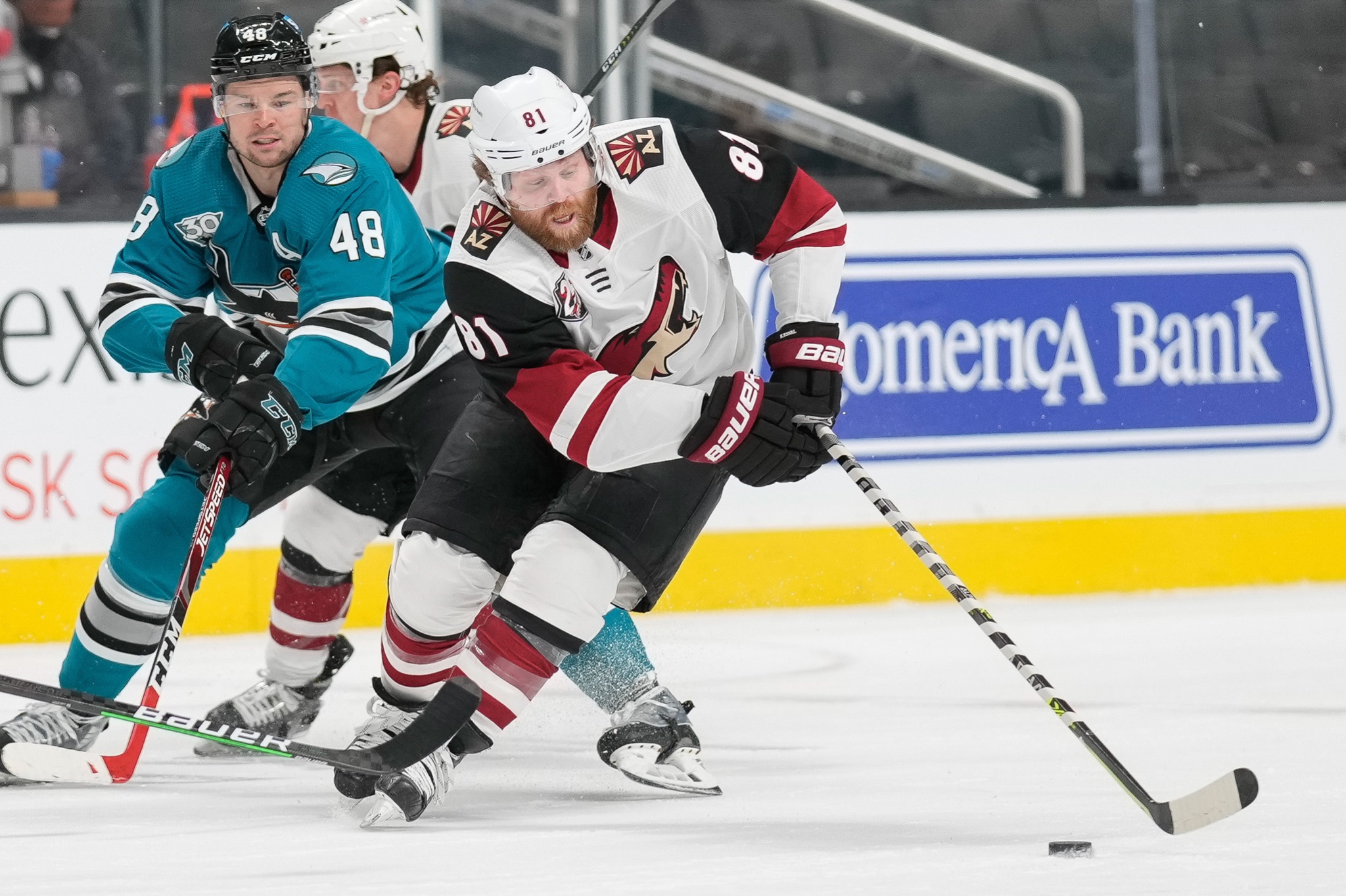
7. The Kessel conundrum
Kessel has made it clear through his agent that he wants to be traded, rather than enduring a rebuild. Armstrong has made it clear to teams that he wants to trade Kessel, rather than having him serve as a distraction for others. Thus far, there are no takers, but it would be a shock if Kessel completed the last season of his contract in a Coyotes uniform. He is only due $1 million for the remainder of the season because his $5 million signing bonus has already been paid.
Maybe a trade will come early in the season when another team realizes it needs some scoring, or suffers an injury. Maybe it will come at the trade deadline when another team is willing to take on Kessel for the playoffs, where he has excelled. The Coyotes will have to manage his presence in the meantime, and it may be difficult for Kessel to increase his trade value over last season when he led the team with 20 goals. The Coyotes will struggle to score this season and Kessel needs a center to get him the puck. At this point, the Coyotes would probably be happy with a third-round pick in return.

8. Will Tourigny name a captain?
I don’t think he will for the time being. I asked him again about it last week and he reaffirmed something that he told me more than a month ago. Here is that entire previous exchange.
“We’re in no rush with that,” he said. “I think we will let everything fall in place. We don’t want to do an election or something like that. We will be patient. We will just start the camp and roll with it.
“We had a lot of good leaders join our team and we already had some, so we need to let everything fall in place and we will organize our team the way we believe it should be run and how we want to play. It will involve a lot of players; as many as possible. You cannot cheat that kind of stuff. It just happens organically and that is the best way to build your leadership.”
I asked Tourigny if he is open to the possibility of just running with a group of alternate captains.
“Absolutely,” he said. “I did that before as a coach. I believe when you name a captain it has to be unanimous. When you name a captain, the owner has to think he named the captain, the GM has to think he named the captain, the coaches have to think they named the captain, the players have to think they named the captain and everybody has to arrive at the same answer.
“It can’t just be the coach saying, ‘This guy is my captain’ and everybody else is looking at each other, going, ‘What is he doing?’ That doesn’t work. Until you arrive at that result, you need to work as a leadership group, and I think in 2021, there is a lot more leadership as a group than there is with one individual. I believe a lot more in a group of leaders than one individual as a leader.”

9. Can Jakob Chychrun continue to progress in this environment?
A lot of fans are ready to bestow the captaincy on Chychrun. There are several reasons why I think that is a bad idea. Chychrun may very well be the captain one day, but at 23, he is still developing as a player at what may be the game’s toughest position. He needs to focus on that instead of worrying about everybody else. He needs to figure out how to keep improving and producing despite what is going to be a challenging roster and environment.
Chychrun probably should have finished higher in the Norris Trophy voting last season, but it is going to be tough for him to produce points on a roster with so few offensive options. That, in turn, could lead to periods of frustration.
It will be interesting to see whom the coaching staff chooses as his defense partner. Chychrun has noted many times just how much he owes to Alex Goligoski as a mentor. Goligoski is in Minnesota now, which will add to Chychrun’s challenges. I suspect the Coyotes will try Strålman on the right side with Chychrun. On paper, the pairing looks logical because Strålman is another savvy, steady veteran who can protect Chychrun’s up-ice forays, but you never know if it will work until the pair plays together. Niklas Hjalmarsson was acquired to pair with Oliver Ekman-Larsson and that pairing never clicked.
Chychrun’s progression and mental state will make up one of the biggest storylines of the season.
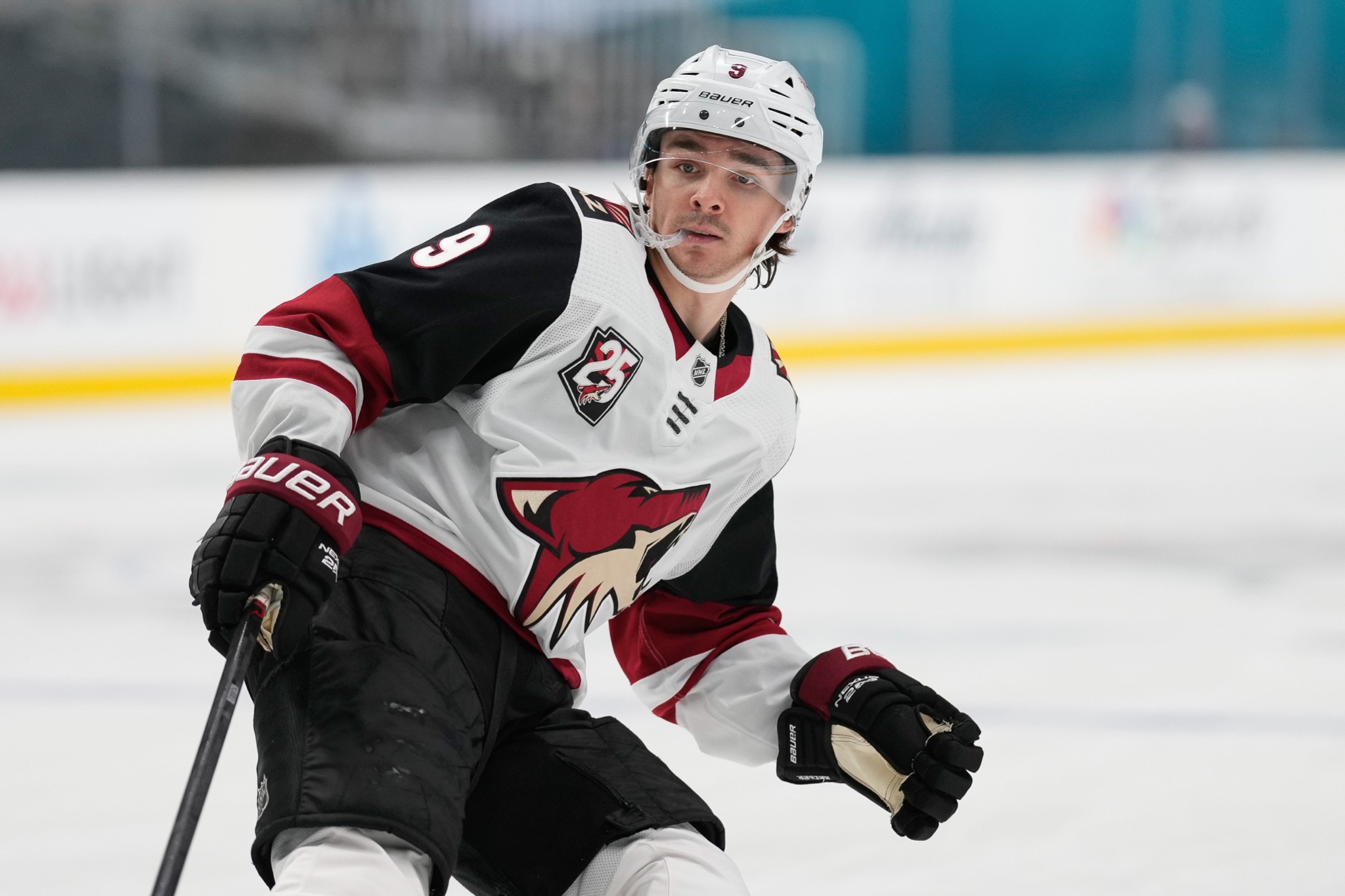
10. Can Clayton Keller finally produce the breakout offensive season to justify his draft status and contract?
Clayton Keller is the Coyotes’ highest paid player. Fair or not, that fact will color everything that he does over the next few seasons. Whatever he does, Keller must improve upon the past three seasons in which he posted 126 points in 208 games.
Before this season, Keller had only added about five pounds of weight since his draft year and multiple sources within the organization felt that was a problem. He lacked the strength to win battles and he lacked the will to play consistently inside the dots, settling too often for perimeter play. By extension, he often went several games where you scarcely noticed him on the ice.
Know this: If the Coyotes thought they could have moved Keller’s contract, they would have moved it. The consensus view around the league is that his salary is too high. It’s up to Keller to prove everyone wrong, and to do that, he must produce points. Keller will never be known as a great defensive player. If he isn’t producing offense, he has little impact on a game.
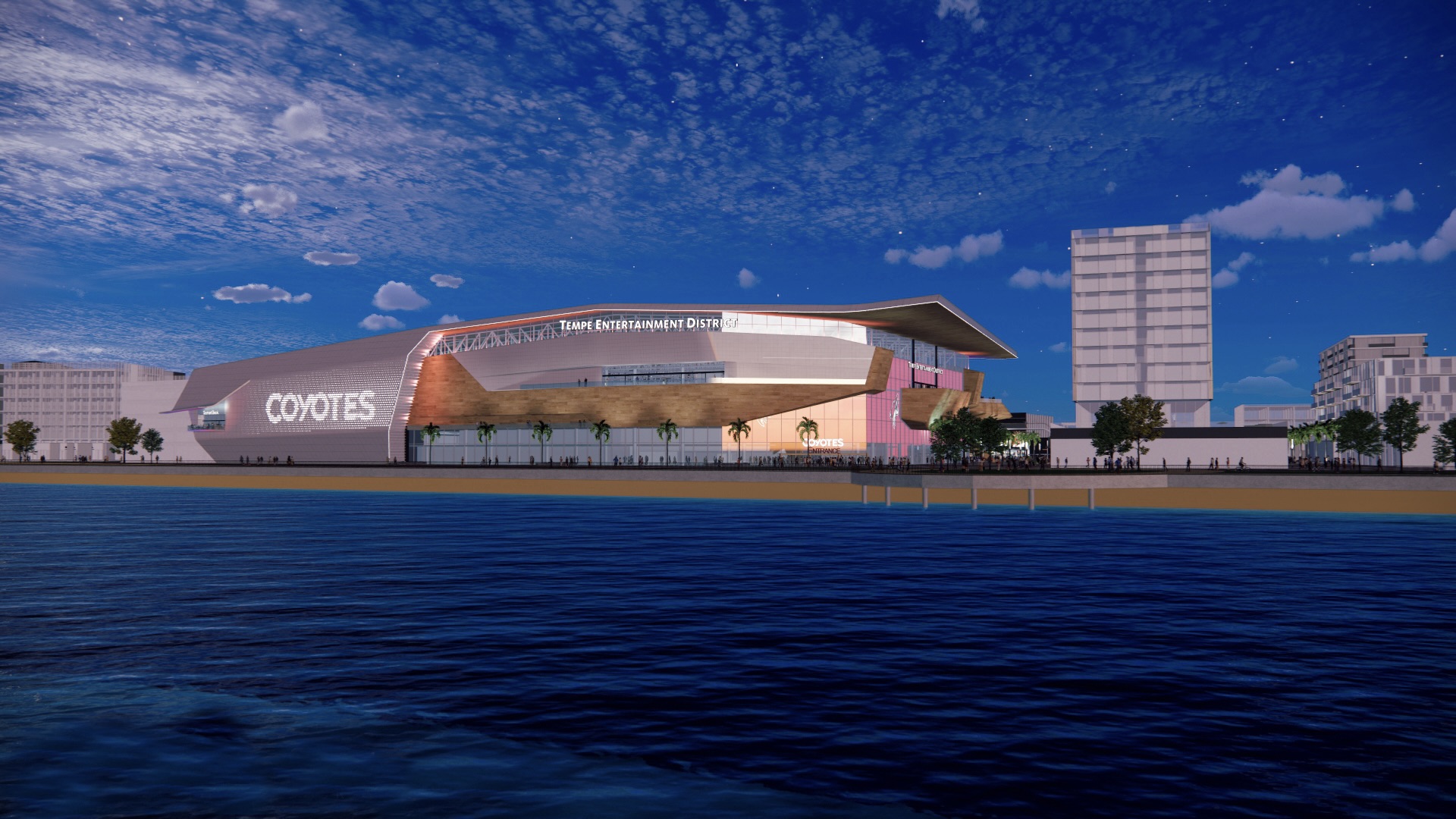
You probably figured that one of these questions was going to be about the proposed Tempe arena, whose renderings have been widely distributed. I have more than 10 questions about the arena. I’ll get to those in a piece next week. In the meantime, enjoy these renderings. Again, it’s all about the future.

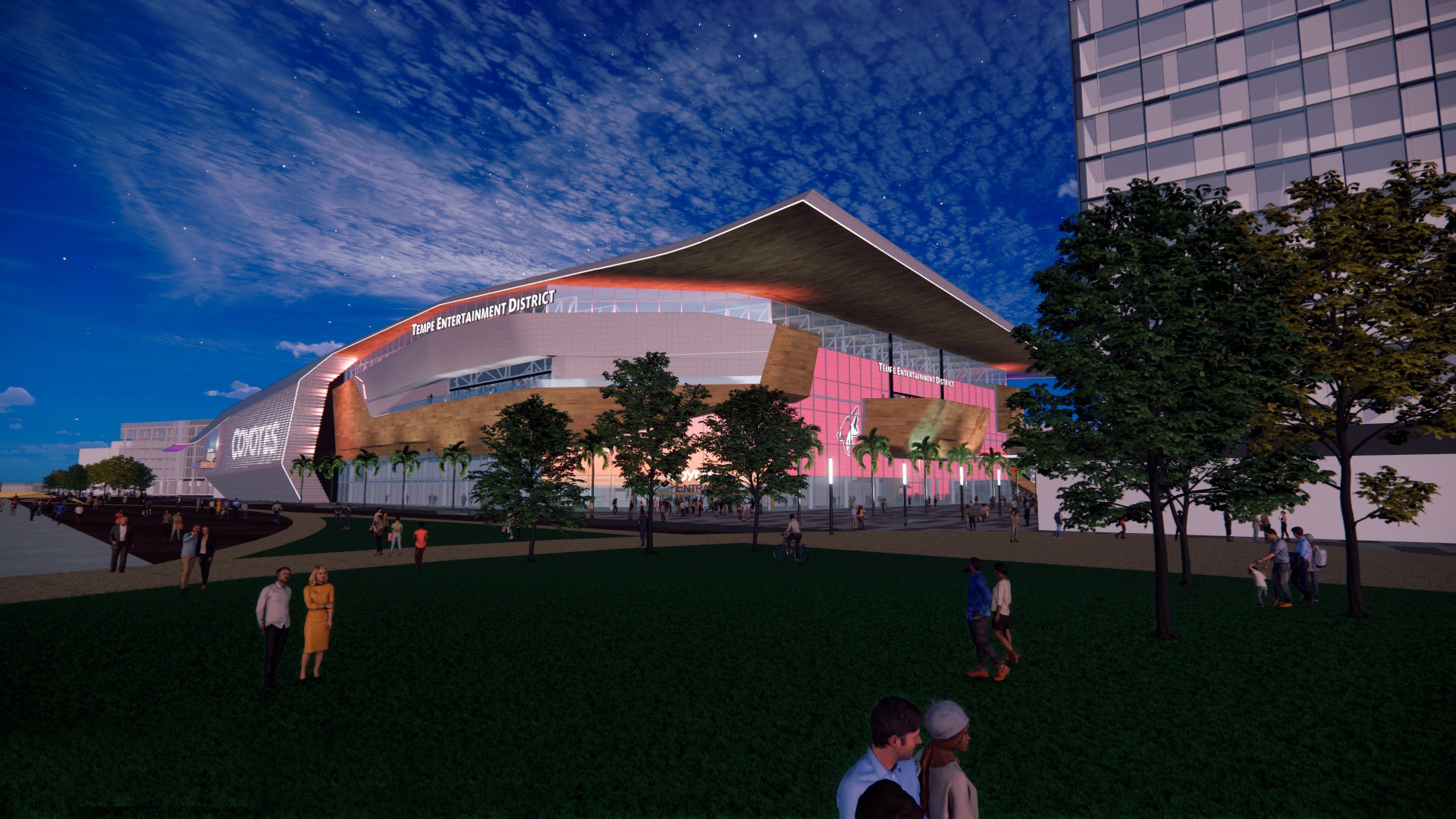
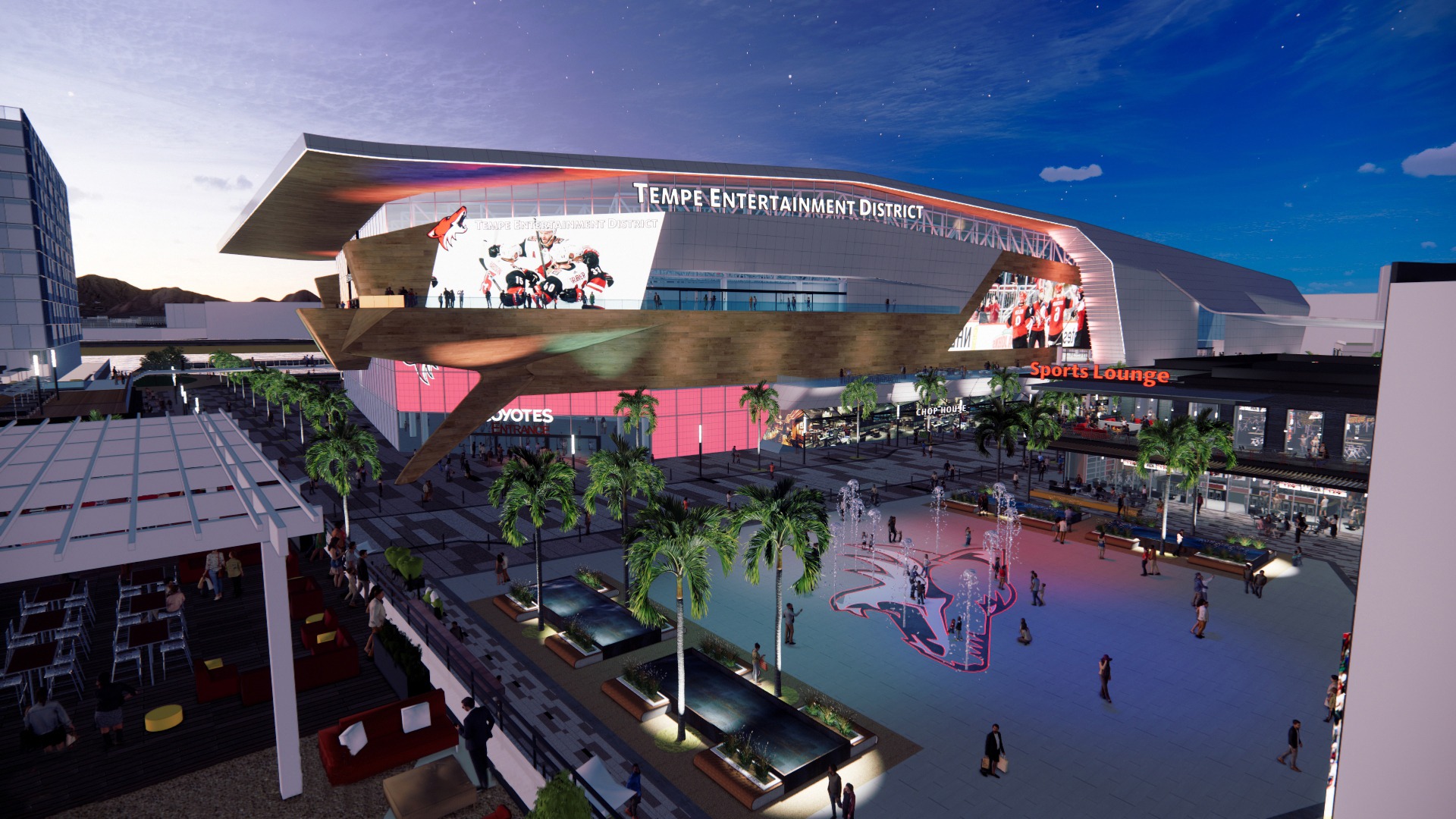
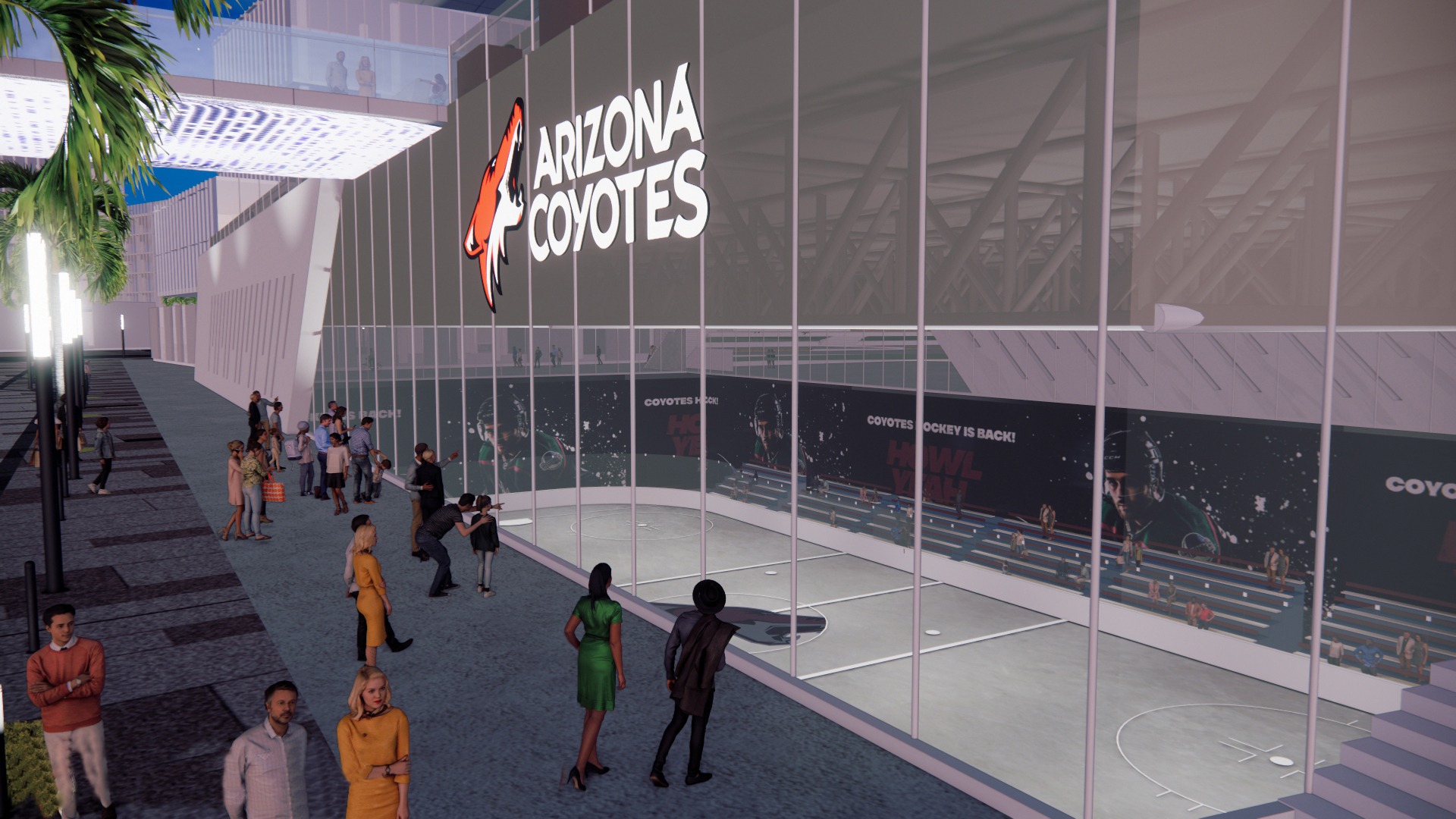
Follow Craig Morgan on Twitter
Comments
Share your thoughts
Join the conversation

The Comment section is only for diehard members
Scroll to next article


